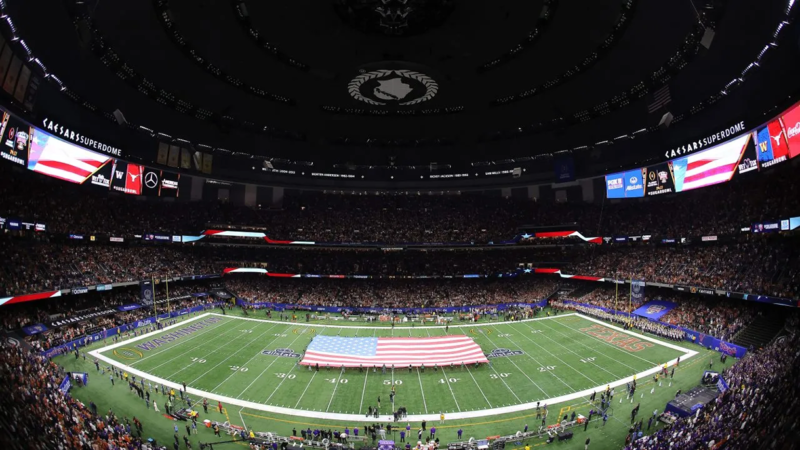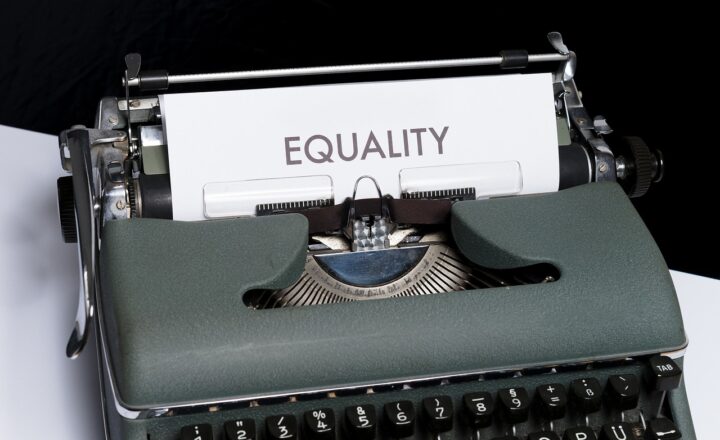
The Super Bowl is not just a football game; it’s a cultural phenomenon that captures the attention of millions of viewers each year. As the championship game of the National Football League (NFL), the Super Bowl has become synonymous with thrilling sports action, spectacular halftime shows, and unforgettable commercials. But how did this iconic event come to be? In this article, we’ll take a look back at the origins and evolution of the Super Bowl, highlighting key moments that have shaped it into the global event it is today.
1. The Origins of the Super Bowl
The first Super Bowl took place on January 15, 1967, as a result of the merger agreement between the National Football League (NFL) and the American Football League (AFL). Originally called the “AFL-NFL World Championship Game,” this event was intended to settle the rivalry between the two leagues and crown a unified champion.
It wasn’t until the third game in 1969 that the name “Super Bowl” became widely recognized. The term was reportedly inspired by Lamar Hunt, owner of the Kansas City Chiefs, who thought of the name after seeing his children play with a toy called the “Super Ball.”
2. Super Bowl I and the Early Years
Super Bowl I was played between the NFL’s Green Bay Packers and the AFL’s Kansas City Chiefs. The Packers, led by legendary coach Vince Lombardi, won the game 35-10. Despite a relatively modest attendance of 61,946 fans, the event laid the foundation for what would become a much-anticipated annual spectacle.
The Green Bay Packers also won Super Bowl II, reinforcing the NFL’s dominance over the AFL. However, in 1969, the AFL’s New York Jets, led by quarterback Joe Namath, upset the NFL’s Baltimore Colts in Super Bowl III, securing a historic victory and legitimizing the AFL in the eyes of football fans.
3. The Merger and the Growth of the Super Bowl
In 1970, the AFL-NFL merger was officially completed, and the two leagues combined into one, with the NFL reorganized into the American Football Conference (AFC) and the National Football Conference (NFC). The Super Bowl then became the ultimate championship game between the AFC and NFC champions.
Throughout the 1970s, the Super Bowl’s popularity grew significantly, with teams like the Pittsburgh Steelers and the Dallas Cowboys establishing dynasties. Television viewership skyrocketed, and by Super Bowl X, it was clear that the event had become an essential part of American sports culture.
4. Iconic Super Bowl Moments
The Super Bowl has been home to some of the most memorable moments in sports history. Here are a few iconic highlights:
- The Immaculate Reception (1972): While not in the Super Bowl itself, this moment from the AFC playoffs featuring the Pittsburgh Steelers set the stage for their Super Bowl success in later years.
- The 1985 Chicago Bears: Known for their dominant defense and charismatic team members like William “The Refrigerator” Perry, the Bears crushed the New England Patriots in Super Bowl XX.
- The Helmet Catch (2008): During Super Bowl XLII, New York Giants receiver David Tyree made an improbable catch against his helmet to help secure a victory over the undefeated New England Patriots.
- Malcolm Butler’s Goal-Line Interception (2015): In Super Bowl XLIX, Butler’s last-minute interception prevented the Seattle Seahawks from winning and secured a fourth championship for the New England Patriots.
5. The Rise of the Halftime Show
The Super Bowl halftime show has evolved from modest performances by marching bands to elaborate spectacles featuring some of the biggest names in music. In the early years, halftime entertainment was fairly low-key, but things changed dramatically in the 1990s. Notably, Michael Jackson’s 1993 performance set a new standard, drawing in viewers who might not have been interested in football.
Since then, artists like Beyoncé, Prince, and Lady Gaga have graced the Super Bowl stage, making the halftime show an essential part of the experience. Today, the halftime show often garners as much attention as the game itself.
6. Super Bowl Commercials: The Ad Game
The Super Bowl has also become known for its high-profile commercials. With millions of viewers, it provides companies with a valuable advertising opportunity. Super Bowl ads are often creative, humorous, or emotionally resonant, and some even become part of pop culture. Over the years, companies like Coca-Cola, Pepsi, and Budweiser have produced memorable ads that are eagerly anticipated each year.
7. The Global Impact of the Super Bowl
While the Super Bowl is deeply rooted in American culture, its influence extends worldwide. The game is broadcast in over 180 countries and attracts millions of international viewers. It’s not only a major sporting event but also a global celebration of American culture, uniting people from various backgrounds for one thrilling day of football, music, and entertainment.
Conclusion
The Super Bowl has come a long way since its modest beginnings in the 1960s. It has grown into a monumental event that captivates audiences around the globe, transcending sports and becoming a celebration of entertainment, advertising, and culture. Whether you’re a die-hard football fan or just tuning in for the halftime show and commercials, the Super Bowl remains one of the most anticipated events of the year.





